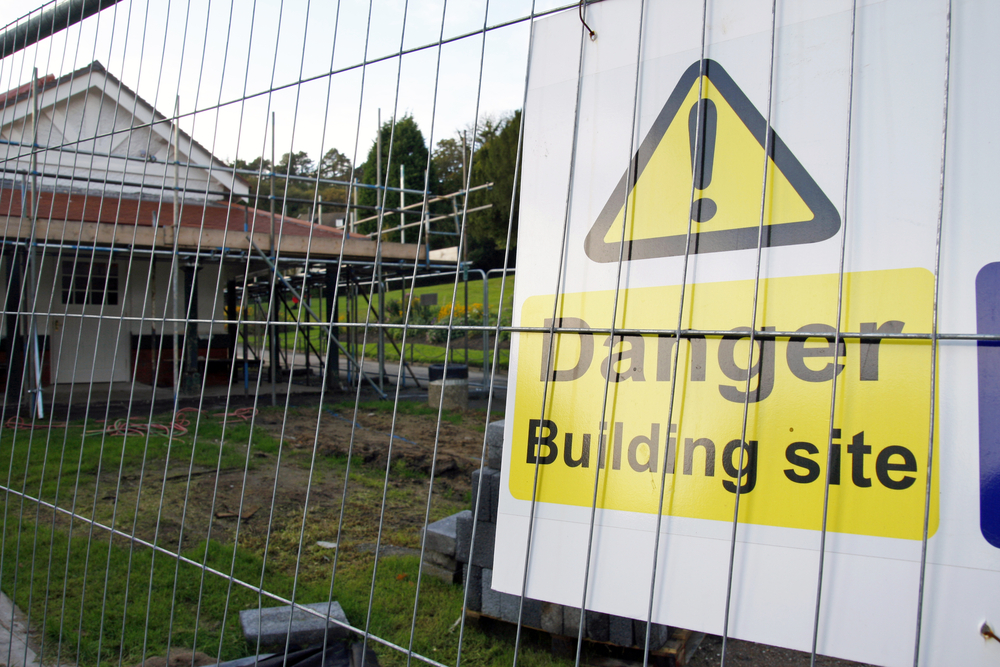Those looking to buy a home in California and interested in the state’s restarted down-payment assistance program must heed the specifics.
The Catch in California’s Home Assistance
The California Dream for All Shared Appreciation loan program, which provides up to 20% for down payments or a maximum of $150,000, has a catch.
Profit Sharing Clause
According to the loan program, if a homeowner decides to sell, a slice of the profits—either 15 or 20 percent, depending on income—must be returned to the program.
Housing Help Snapped Up Fast
The initiative kicked off in 2023 amid soaring mortgage rates and climbing home prices, with the initial $300 million earmarked for assistance being snapped up by first-time buyers within just 11 days.
The Clause That Could Cost California Homeowners
The California Housing Finance Agency’s assistance program is back, yet many homebuyers might not know about the clause requiring them to share future sale profits when seeking additional support.
This stipulation means that buyers must repay the original 20 percent assistance even if their home’s value doesn’t rise.
First-come First-served Approach
Due to last year’s rapid depletion of funds, the revived program now adopts a first-come, first-served lottery approach.
Application Period and Assistance Details
Starting April 3, homebuyers have until April 29 to submit their applications for the program, with 1,700 to 2,000 of them expected to be chosen for the 20 percent down-payment assistance, which must be used within 90 days.
Support for Low and Moderate-Income Families
The CalHFA Dream For All Shared Appreciation Loan Program is crafted to support low and moderate-income families in California on their journey to homeownership. This initiative offers a 20% loan of the home’s purchase price, aimed at covering down payment and closing costs, with the balance 80% mortgage provided by JVM.
Repayment Conditions
When the home is sold, the title is transferred, the first mortgage is paid off, or at the 30-year mark, the homeowner repays the 20% loan plus a share of the home’s appreciation (15% to 20%, based on income).
Eligibility Requirements
Californians qualify if they’re first-time homeowners or haven’t owned a home in the last three years. They must occupy the purchased property. Moreover, at least one applicant must be a first-generation homebuyer, meaning their family has no prior home ownership history.
Program Restrictions
Participants must select from a list of pre-approved lenders and adhere to income limits set at 120 percent or below of their county’s median income—a reduction from last year’s 150 percent, according to CalMatters.
They are also required to complete a homebuyer education course prior to closing on the property.
When It’s Time to Pay
Borrowers are obliged to repay the initial loan amount plus 15-20% of the home’s appreciated value, contingent upon their income level. This repayment is due upon selling the home, at the end of the first loan term, or during refinancing.
Refinance Option
A one-time “limited cash-out” refinance option is available, allowing homeowners to refinance without needing to repay the 20% loan at that time.
Benefits of the Program
According to the program, beneficiaries enjoy lower monthly payments due to the substantial down payment, which could also enable purchasing with no initial out-of-pocket expense.
It also features flexible credit requirements, making it accessible to a wider range of applicants.
Program Success and Demographics
In its previous cycle, the California Dream for All program helped 2,182 buyers secure their first homes, with 55 percent belonging to communities of color, according to the program’s data.
Potential Savings and Complexities
While the revamped initiative could potentially save first-time homebuyers up to $150,000, Alan Chang, the head of Vested Title & Escrow, pointed out that the voucher’s specific conditions could introduce complexities.
The Home Buying Process and Challenges
Chang highlighted that traditionally, finalizing a home purchase with a loan took about 30 to 45 days after agreement on the contract, emphasizing the additional time needed to find a property and get an offer approved.
Additionally, first-time buyers participating in this program will face competition from cash buyers who are interested in closing deals quickly.
Concerns Over Home Appreciation
Alan Chang pointed out a concern with the program’s rule on home appreciation, suggesting it could be a disadvantage for homeowners in California. He believes that due to demand exceeding supply, homes in California are generally overvalued.
Sustainable Growth and Market Conditions
Property values have started to grow at more sustainable rates after years of rapid increases, but the inflated prices from previous years have kept home values higher than they arguably should be.
As a result, Chang thinks it’s unlikely that buyers through this program will achieve more than 20 percent equity over the next five to seven years.
Limited Equity for Next Home Purchase
Chang further explained that homeowners intending to sell their initial property under a shared appreciation agreement, which anticipates a 15-20 percent equity share, might find themselves with limited funds from the sale for their next home purchase.






